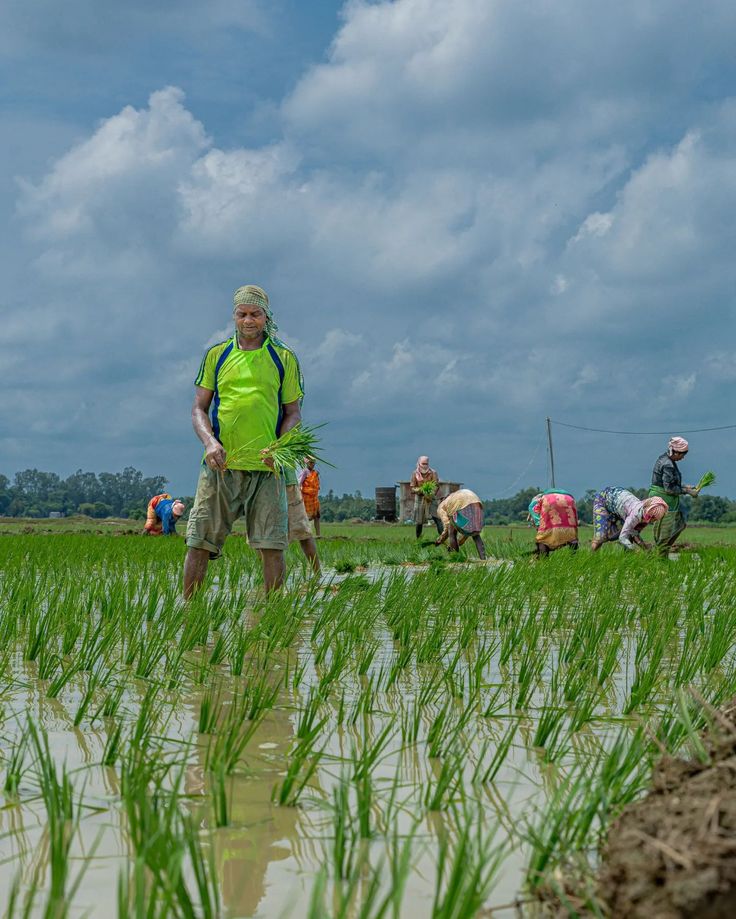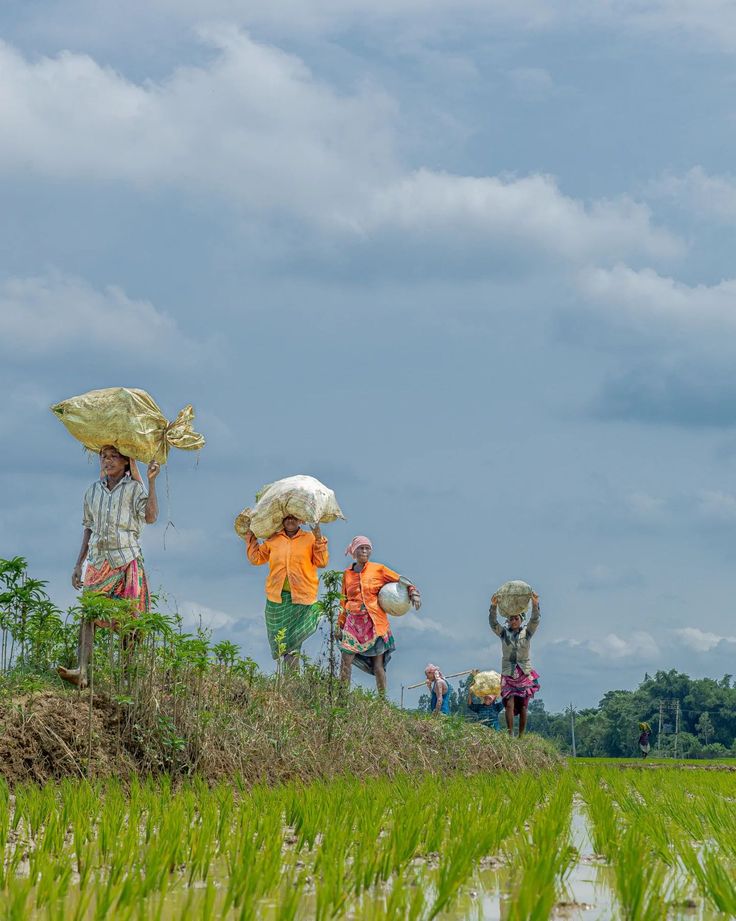
Introduction: The Green Heart of Southern Pakistan
Sindh, the southern province of Pakistan, is not only rich in history and culture but also in agricultural potential. Known for its fertile lands, strategic location, and hardworking farming communities, Sindh has been a major contributor to Pakistan’s food production for decades. From the expansive cotton fields of upper Sindh to the mango orchards of the south, the province is home to diverse agro-ecosystems that support millions of livelihoods.
Yet, in the face of climate change, water scarcity, and outdated farming practices, the need for innovation in agriculture has never been more urgent. That’s where ZariHub steps in—as a catalyst for transformation, aiming to revolutionize Sindh’s agricultural landscape with smart technologies, expert advisory, and market connectivity.

1. The Agrarian Backbone of Sindh
Sindh’s agriculture is powered by the Indus River, which irrigates the land through an intricate canal system, making year-round cultivation possible. Agriculture remains a primary source of income for nearly 40% of the province’s population, and Sindh accounts for a substantial share of Pakistan’s total crop production.
Major Crops in Sindh:
- Wheat: A staple crop, widely grown across the province.
- Rice: Lower Sindh, especially areas like Larkana and Badin, are known for rice paddies.
- Cotton: Grown in Upper Sindh, a major cash crop driving the textile industry.
- Sugarcane & Maize: Central Sindh’s climate supports these high-yield crops.
Fruits & Vegetables:
- Mangoes (Sindhri mangoes are world-famous), bananas, dates, guavas
- Onions, tomatoes, chili, garlic, and okra are widely cultivated
This agro-diversity makes Sindh a vital pillar in Pakistan’s food supply chain and exports.
2. Agro-Climatic Diversity: A Natural Advantage
Sindh’s geography gives it a distinct agricultural advantage. The province is divided into three major agro-climatic zones:
- Upper Sindh: Dadu, Sukkur, Khairpur—famous for dates, cotton, and wheat.
- Central Sindh: Nawabshah, Matiari, and Hyderabad—known for sugarcane and bananas.
- Lower Sindh: Thatta, Badin, and Mirpurkhas—ideal for rice, mangoes, and vegetables.
Each zone has its own cropping pattern and planting calendar, which allows ZariHub to tailor its services and products to local needs more effectively.
3. The Challenges Facing Sindh’s Farmers
Despite its natural richness, Sindh’s agriculture faces several persistent issues:
a. Water Scarcity & Soil Salinity
With increasing water shortages from the Indus River system and rising salinity in many areas, crop yields are declining in parts of the province.
b. Outdated Farming Practices
Many farmers still use conventional methods of sowing, irrigation, and pest control, which result in lower productivity and higher costs.
c. Limited Access to Markets
Middlemen dominate the agri-supply chain, often leaving farmers with unfair prices for their produce and high input costs.
d. Lack of Modern Inputs & Information
Farmers struggle to access certified seeds, quality fertilizers, and timely weather updates, resulting in poor crop planning and post-harvest losses.
These challenges underscore the need for a comprehensive, digital-first solution—which is where ZariHub comes into play.

4. ZariHub: Empowering the Future of Agriculture in Sindh
At ZariHub, our mission is to transform agriculture by giving farmers the tools, knowledge, and platforms they need to succeed. Here’s how we are making a difference in Sindh:
✅ Access to Quality Inputs
Through our digital marketplace, farmers can purchase certified seeds, organic fertilizers, pesticides, and agri-tools—directly from verified suppliers, ensuring both affordability and quality.
✅ Expert Advisory in Local Languages
ZariHub connects farmers with trained agri-experts who offer guidance in Sindhi and Urdu on best farming practices, pest control, and irrigation methods—customized to the local crop and soil conditions.
✅ Real-Time Weather and Crop Alerts
Our smart technology sends timely weather forecasts, disease alerts, and crop care tips—helping farmers reduce risk and make informed decisions.
✅ Digital Mandi (Marketplace)
ZariHub’s digital mandi allows farmers to connect directly with buyers and wholesalers, removing middlemen and ensuring better prices for their hard-earned produce.
✅ Financial & Insurance Services
We also help farmers access microloans, crop insurance, and digital payment solutions—building financial inclusion in rural Sindh.
5. Innovations That Will Shape Sindh’s Agricultural Future
Looking ahead, Sindh’s agriculture must become more resilient, efficient, and tech-savvy. Here’s what the future looks like with ZariHub:
🌿 Climate-Resilient Crops
ZariHub is promoting climate-smart farming, including crop varieties that withstand drought, heat, and pests.
💧 Smart Irrigation Systems
By introducing drip and sprinkler irrigation, we help farmers reduce water use and improve yields—even in arid zones.
📱 Digital Literacy and Training
We offer video tutorials, mobile workshops, and community demos to help farmers adopt new technologies confidently.
🌾 Agri-Entrepreneurship for Youth
ZariHub encourages rural youth to become agri-entrepreneurs, empowering them with tools, training, and funding opportunities.
Conclusion: Sindh Can Lead Pakistan’s Agri-Tech Revolution
Sindh’s agricultural landscape is a mix of opportunity and challenge. With its vast lands, rich soils, and hardworking farmers, the province is well-positioned to become a model for sustainable, tech-enabled farming in South Asia. But this transformation requires collaboration, innovation, and commitment.
At ZariHub, we are proud to be at the forefront of this agricultural renaissance. We are not just a platform—we are a movement, helping every farmer grow smarter, earn more, and build a better future.




